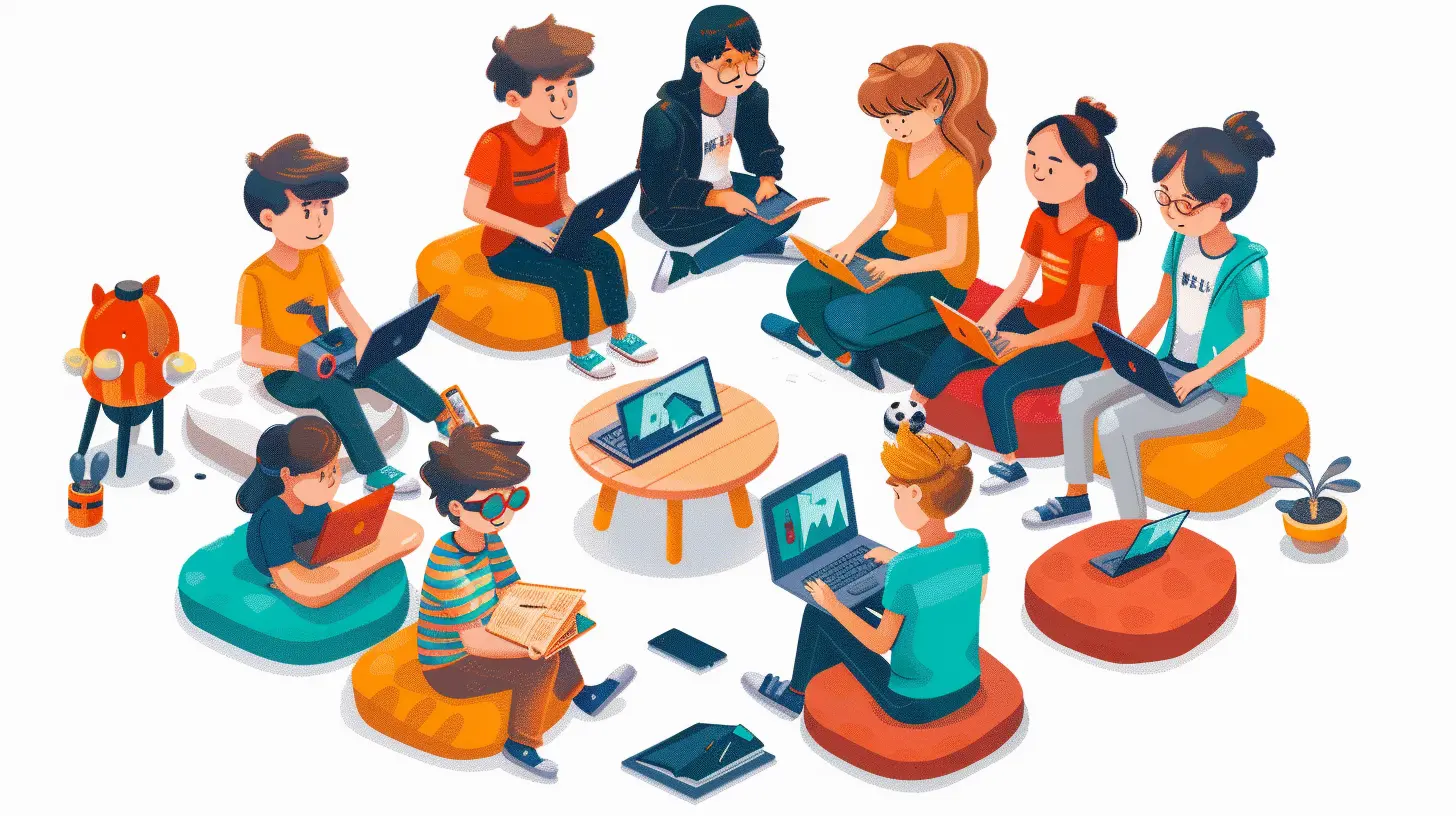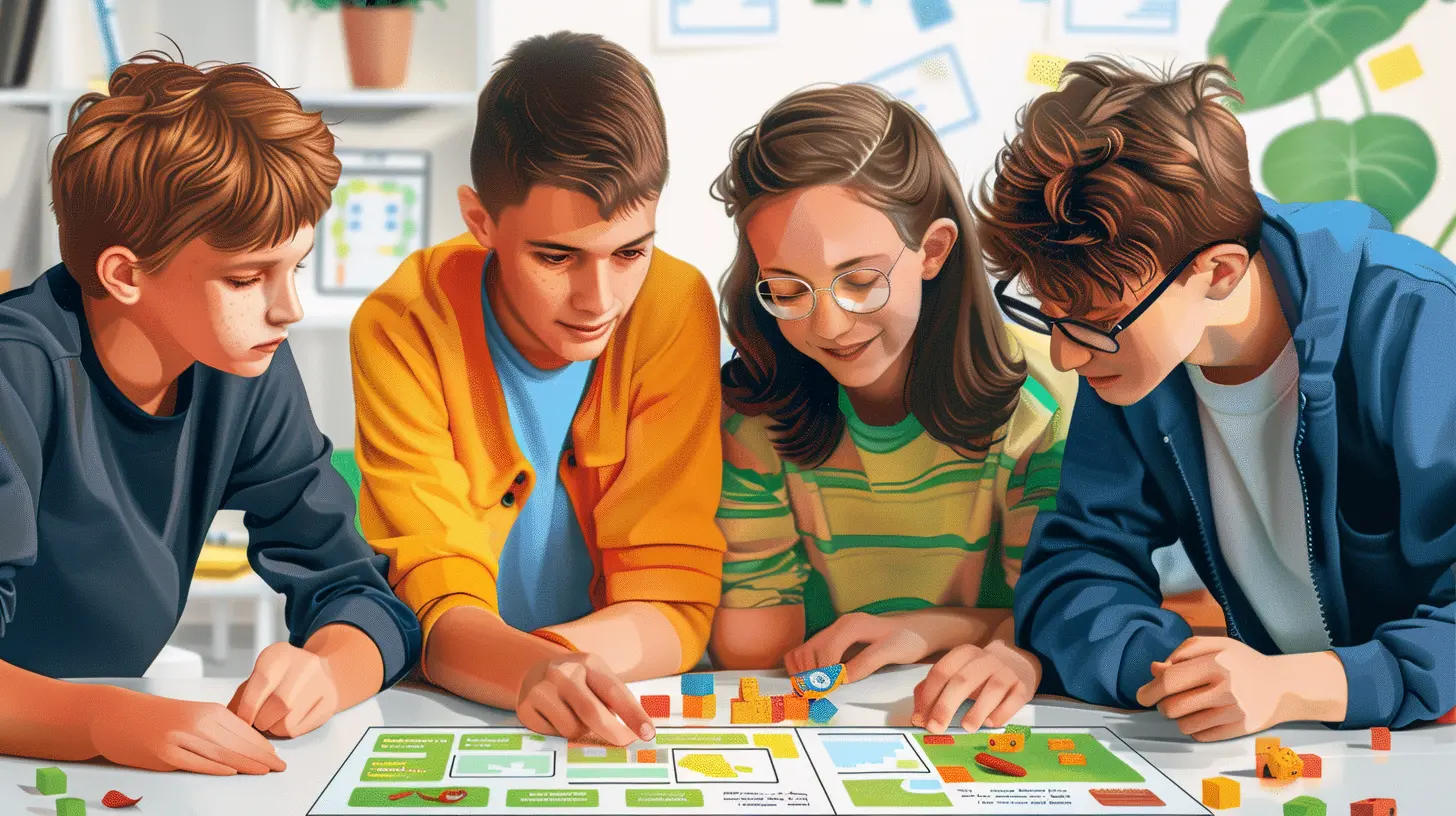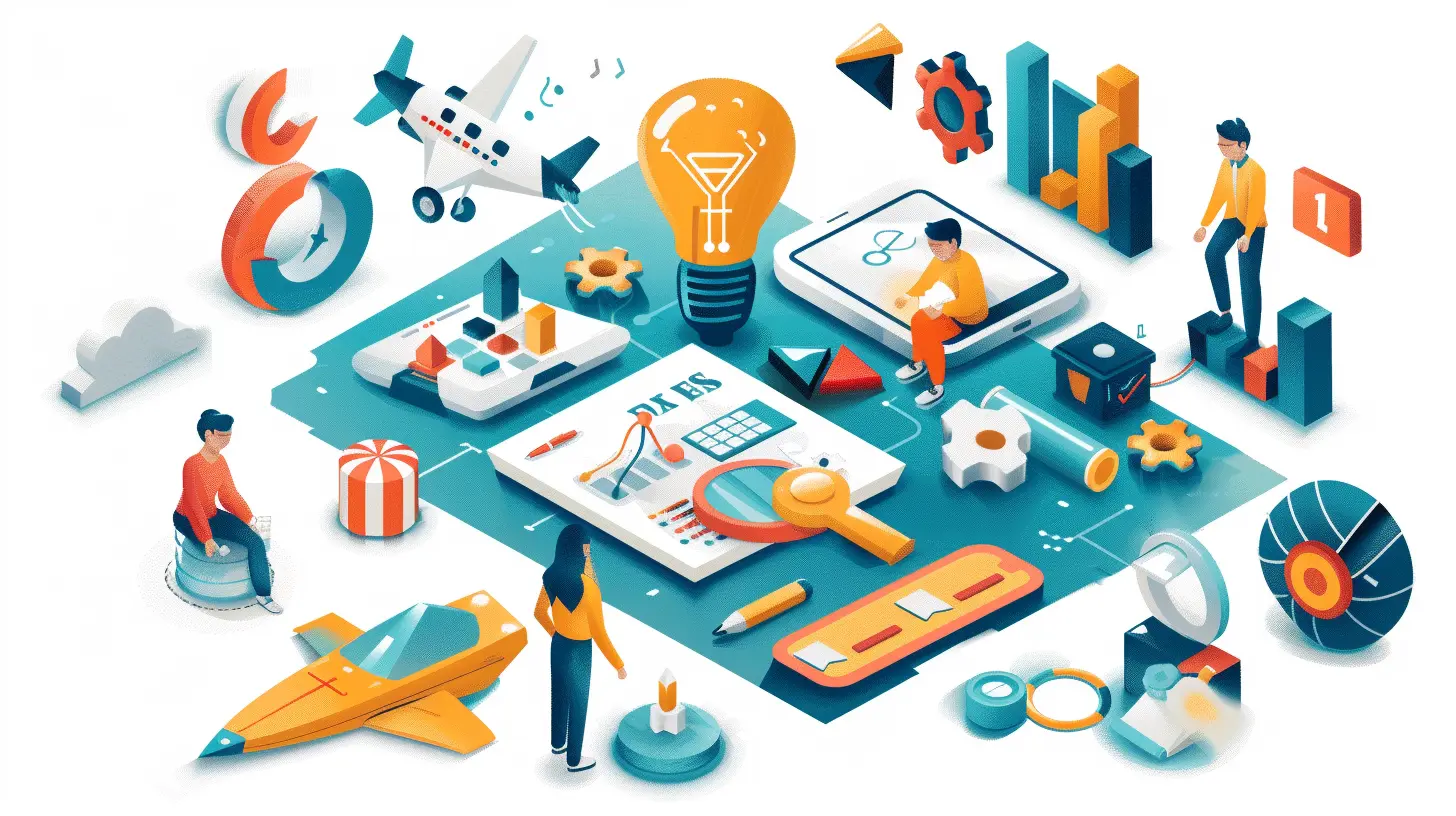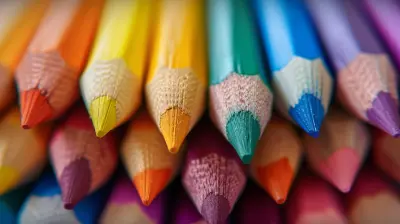8 June 2025
Let’s face it—learning can sometimes feel like a chore. Students stare blankly at their textbooks, count down the minutes until class ends, and let their minds wander to anything but the topic at hand. But what if we could flip the script? What if learning felt more like playing a game than trudging through a to-do list?
That’s where gamifying project-based learning (PBL) steps in. It’s an innovative mash-up of two educational powerhouses—gamification and project-based learning—with one major goal: to increase student engagement. And trust me, it’s not just some buzzword combo, it’s a real game-changer (pun totally intended).
In this blog post, we’re diving deep into how gamifying PBL can turn passive learners into active participants. We'll explore the mechanics behind it, why it works so well, and how you can implement it in real classrooms.
What is Project-Based Learning (PBL)?
Before we level-up with gamification, let’s break down what PBL actually is.Project-Based Learning is a teaching method where students gain knowledge and skills by working for an extended period of time to investigate and respond to a complex question, problem, or challenge. Instead of just memorizing facts, they apply what they've learned to real-world scenarios.
Think of it like this: Instead of just reading about climate change, students might create a plan to reduce their school's carbon footprint or produce a short documentary. It’s hands-on, student-centered, and usually includes collaboration, creativity, and critical thinking.
Sounds cool, right? But here’s the catch—PBL isn’t always enough on its own to keep students constantly engaged. That’s where gamification comes in.
Gamification in Education: A Quick Refresher
Gamification is the process of applying game-design elements into non-game contexts. In education, this could mean things like:- Earning points for completed tasks
- Leveling up after mastering a skill
- Competing in a friendly class leaderboard
- Earning badges or rewards for achievements
The goal? To tap into the same psychological triggers that make games addictive: achievement, status, competition, progression, and even just plain fun.
When used properly, gamification doesn’t turn school into a video game—it encourages students to playfully engage with their learning. And trust me, there's a massive difference between being forced to do something and wanting to.
Why Gamify Project-Based Learning?
So here you are, reading this and wondering: “Isn’t PBL already engaging enough? Why add another layer?”Great question. Here's why gamifying PBL takes it to the next level:
1. Boosts Motivation
Let's be honest—motivation is half the battle in education. When students feel like they’re achieving something every step of the way (even virtual points or badges), it fuels their desire to keep going. Gamified PBL keeps the momentum alive.2. Encourages Healthy Competition
A little friendly competition never hurt anyone! Class leaderboards or team challenges can push students to do their best—not because they have to, but because they want to rise to the top.3. Provides Instant Feedback
Traditional projects might take weeks before students get any feedback. With gamified elements, you can provide instant recognition for progress, which is way more satisfying and keeps the engine running.4. Fosters Collaboration Through Play
Games are social by nature. When you gamify group projects, it naturally creates opportunities for teamwork, strategizing, and community-building.5. Improves Focus and Retention
By turning complex subjects into digestible, interactive challenges, students stay engaged for longer periods and retain more information.
Key Elements of Gamified PBL
Here’s where we roll up our sleeves. Want to gamify your own project-based learning activities? Make sure you include these key game mechanics.🎯 1. Clear Objectives and Milestones
Every game has a goal—and so should your project. Break big concepts into small, achievable tasks that students can “level up” through. Use progress bars or maps to visually show how far they’ve come.🎮 2. Points, Badges, and Leaderboards (PBL 2.0!)
Recognize every win, no matter how small. Give points for task completion, creativity, teamwork, or even helpfulness. Then let students earn badges for unlocking new skills or reaching milestones. A leaderboard adds some spice, but be careful—it should encourage, not stress out.🧩 3. Roles and Avatars
Assign roles (like researcher, designer, presenter) or let students pick avatars. This personal touch adds an extra layer of immersion and ownership over their learning journey.🗺️ 4. Storytelling and Narrative
No one wants to play a game without a storyline. Give your project context. Maybe students are explorers saving the planet, scientists curing a mysterious disease, or architects building a futuristic city. A narrative adds excitement and purpose.⏱️ 5. Timed Challenges and Mini-Competitions
Add a bit of pressure (the good kind). Timed “boss challenges” or team-versus-team mini games can make things more dynamic and keep the energy up.Real-World Examples: Gamified PBL in Action
🏫 Example 1: Eco-Warriors Project
Students were tasked with creating a sustainable plan for their school, but with a twist—they were “recruits in the Green Guardians Agency.” Every completed part of the project (like energy audits or recycling plans) earned them “eco points.” Teams competed to become the “Top Agents.”Result? Engagement shot up, and students went beyond the requirements, even presenting their plan to the school board.
🎓 Example 2: Math City Builders
In a middle school classroom, students became urban planners. They used real math skills to design cities within a simulated environment. They earned coins to "buy" building materials, which they could only afford by solving equation challenges.Math went from "ugh" to "awesome."
Tips for Teachers: Getting Started
Ready to give this a try? Here are some practical tips to gamify your next PBL unit:1. Start Simple
You don’t need to build an epic RPG overnight. Start with badges, a leaderboard, or just point systems.2. Align Game Elements with Learning Goals
Make sure every game mechanic ties back to your learning objectives. Fun is great, but not if it distracts from the actual learning.3. Involve Your Students
Let your students help create the challenges, storylines, or badges. It increases ownership and makes learning feel more personalized.4. Use Tech Tools (or Not)
There are tons of tools like Classcraft, Seesaw, or even Google Classroom that can help. But gamified PBL doesn’t have to be digital. Paper badges, hand-drawn progress bars, and even sticky notes work just fine.5. Reflect and Adjust
After each project, ask students for feedback: What was fun? What felt hard? What would make it better? Use this to tweak future iterations.Challenges and How to Overcome Them
No strategy is perfect. Here’s what to watch out for:- Over-Gamification
Too many mechanics can make students focus more on points than learning. Keep it balanced.- Exclusion and Pressure
Leaderboards can sometimes demotivate certain students. Use team-based scores or anonymous posting to create a more inclusive environment.- Time Constraints
It can take time to design a gamified project. Start small, and build up over time. You don’t have to go full Skyrim from day one.The Bottom Line
When we bring gamification into PBL, we’re not just adding bells and whistles—we’re tapping into how students naturally learn best: through engagement, curiosity, and play. By combining the collaborative, critical-thinking nature of PBL with the motivation and excitement of games, we create a learning experience that's not only fun but unforgettable.So the next time you’re designing a project, ask yourself: “How can I make this more like a game?” Even a sprinkle of gamification can turn a boring assignment into an epic quest.
FAQs about Gamifying PBL
Q: Do I need to be tech-savvy to gamify PBL?
Not at all! While tech can help, plenty of teachers gamify with paper, markers, and their imagination.Q: Won’t students focus more on winning than learning?
That’s up to you. If designed well, "winning" and "learning" should be the same thing. Set up systems where learning fuels progress and rewards.Q: Can this work for older students?
Absolutely. High school and even college students enjoy competition, creativity, and role-play. Just tweak the tone and complexity.Final Thoughts
Gamifying project-based learning doesn’t mean making everything a game. It means making learning feel more interactive, rewarding, and—most importantly—worth showing up for. With the right mix of storytelling, challenges, rewards, and collaboration, you can spark a fire in your students that burns far beyond the classroom.So go on—start small, get creative, and make learning an adventure again.








Sara McClintock
This article offers valuable insights into gamifying project-based learning. By incorporating game elements, educators can significantly boost student engagement and motivation, making learning both enjoyable and effective.
November 19, 2025 at 4:30 AM